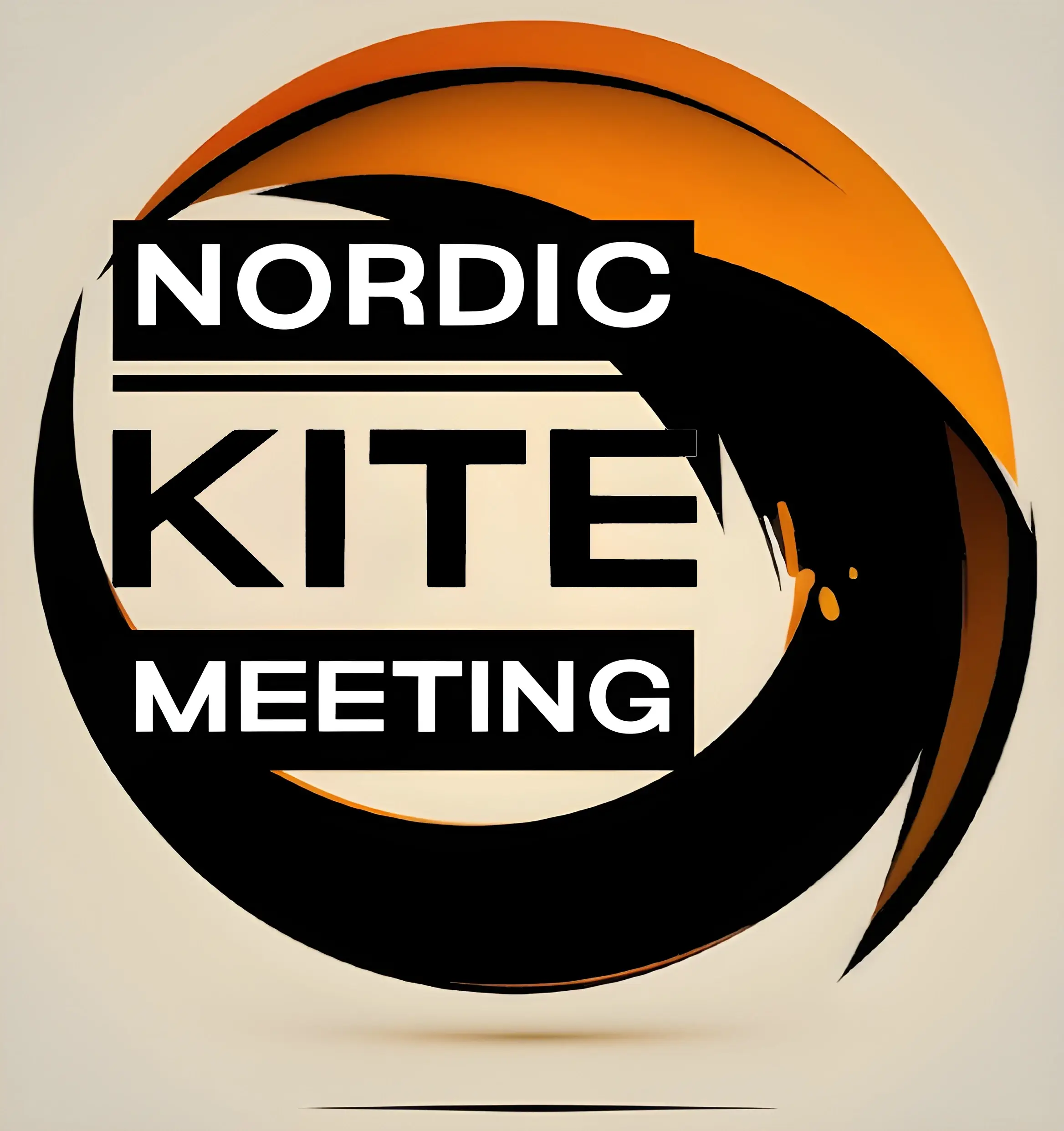For the uninitiated, kites are simple toys — just a frame with some fabric and a string. However, anyone who’s ever tried to build or fly a kite will know that there’s much more to these aerial wonders than meets the eye. To the seasoned kite enthusiast, or “kite nerd,” the magic lies in the details — particularly in the bridle, the often overlooked yet crucial component determining how a kite interacts with the wind.
In this post, we’ll delve deep into the world of kite bridles, exploring how they work, why they’re essential, and what makes them such a fascinating subject for anyone passionate about kites.
What Is a Kite Bridle?
The bridle of a kite is the assembly of lines that connects the kite’s sail (the main body) to the flying line (the string you hold). In essence, the bridle is the intermediary between the kite and the wind, dictating the kite’s angle of attack—how it faces into the wind. This angle is critical, as it determines the kite’s stability, lift, and overall flight characteristics.
At its simplest, a kite bridle may consist of just one or two lines. However, more complex kites, like stunt kites, can have intricate bridles with multiple adjustment points, each influencing the kite’s behavior in subtle ways. For kite nerds, experimenting with these adjustments can be as exhilarating as the flight itself.
The Anatomy of a Bridle: Parts and Their Functions
To appreciate the bridle’s role, it’s helpful to understand its components and their functions:
- Bridle Lines: These are the actual lines that connect the kite to the flying line. Depending on the kite’s design, there can be one, two, or even more lines. Each line serves a specific function, such as maintaining the kite’s shape or adjusting its angle relative to the wind.
- Bridle Point: The point on the kite where the bridle line is attached. The number and placement of bridle points vary depending on the kite’s design. The distance between these points and the length of the lines themselves are critical in determining the kite’s performance.
- Tow Point: This is where the bridle connects to the flying line. The position of the tow point is adjustable in many kites, allowing the flyer to change the angle of attack. Moving the tow point closer to the kite reduces the angle, making the kite more stable but potentially reducing lift. Moving it further away increases the angle, which can enhance lift but may also make the kite less stable.
- Adjustment Knots or Sliders: These are mechanisms that allow for fine-tuning of the bridle lines. Adjustments can be made to change the length of individual bridle lines, altering the kite’s balance and responsiveness. This feature is particularly important in stunt kites, where precision control is essential.
How the Bridle Affects Flight
The bridle is to a kite what the steering wheel is to a car — it governs direction, balance, and stability. Adjusting the bridle can change how a kite flies, how it responds to wind conditions, and how easily it can be controlled.
Angle of Attack and Stability
The most critical function of the bridle is to set the kite’s angle of attack. This is the angle at which the kite meets the wind. A higher angle of attack means the kite faces more into the wind, which can increase lift but also make the kite more prone to stalling or instability in gusty conditions. Conversely, a lower angle of attack makes the kite more stable, but with less lift, meaning it might not fly as high or might require stronger winds to stay aloft.
For instance, in a single-line kite, the tow point’s position on the bridle can drastically change its flying behavior. Move the tow point slightly, and a kite that was stable and steady might become erratic or refuse to fly altogether. This sensitivity makes fine-tuning the bridle a delicate art, especially in varying wind conditions.
Lift and Drag Balance
The bridle also plays a crucial role in balancing lift and drag. Lift is what keeps the kite in the air, while drag is the resistance against the wind. A well-designed bridle strikes a balance between these forces, allowing the kite to soar gracefully without being overpowered by the wind.
For example, in parafoil kites (which have no rigid frame), the bridle is essential for maintaining the kite’s shape and stability. The lines must be precisely arranged to distribute the wind’s force evenly across the kite’s surface, ensuring it inflates correctly and flies smoothly. In such kites, even small adjustments to the bridle can have significant effects on performance, making it a key focus for serious kite flyers.
Turning and Maneuverability
In multi-line kites, like stunt kites or power kites, the bridle is integral to turning and maneuverability. These kites often have bridles with multiple lines, each of which can be adjusted to control different aspects of the kite’s flight. By pulling on different lines, the flyer can change the kite’s shape and orientation, allowing for precise control and complex maneuvers.
For the kite nerd, mastering these adjustments is part of the thrill. Stunt kites, for example, are designed for acrobatic flying, and the bridle must be fine-tuned to achieve tricks, crisp turns, loops, and dives. Understanding how different adjustments affect the kite’s behavior is key to becoming proficient at flying these high-performance kites.
A Kite Nerd’s Perspective: The Joy of Experimentation
For those deeply invested in kites, the bridle is not just a functional component; it’s a source of endless experimentation and discovery. The satisfaction of getting a kite to fly perfectly in challenging conditions is immense, and much of that success comes down to understanding and optimizing the bridle.
Kite nerds often spend hours tweaking their bridles, adjusting knots by millimeters, and testing different configurations in various wind conditions. The process is as much about learning as it is about flying. Each kite and bridle combination offers new insights into aerodynamics, wind behavior, and the subtleties of flight.
Moreover, creating a custom bridle for a homemade kite is a rite of passage for many kite enthusiasts. It’s an opportunity to apply knowledge and creativity, and the results can be incredibly rewarding. A well-designed bridle can turn a simple kite into a high-flying masterpiece, while a poorly designed one can ground even the most beautifully crafted sail.
Conclusion: Bridles as the Heart of the Kite
While the sail may catch the wind, it’s the bridle that truly controls the kite’s destiny in the sky. For the kite nerd, understanding and mastering the bridle is essential to unlocking the full potential of any kite. It’s the difference between a kite that merely flies and one that soars.
So next time you’re out flying a kite, take a closer look at the bridle. Adjust it, experiment with it, and see how it changes the flight. You might just discover a new level of appreciation for this unsung hero of the skies. Whether you’re a novice or a seasoned flyer, the bridle offers a world of exploration and enjoyment—one that is central to the art and science of kite flying!
This post is written partly with the help of AI.




